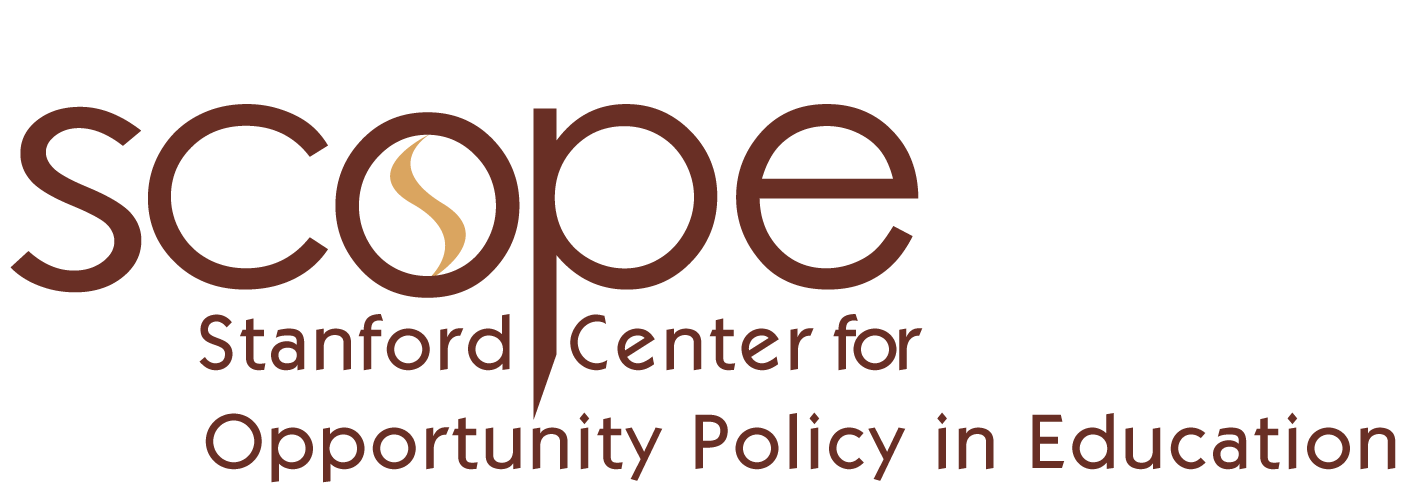The strategies that 12 states used to integrate performance assessment into state systems of assessment.

I did not attend Teach For America's recent 20th-anniversary celebration, but I hope to be present for its 30th-year gala. In 2021, I look forward to recognizing the entry of TFA's highly talented recruits into our nation's top teacher education programs, where they will launch their long-term careers as dynamic, skilled professional educators.
Yes, my vision is that in 10 years, the United States, like other high-achieving nations, will recruit top teaching candidates, prepare them well in state-of-the-art training programs (free of charge), and support them for career-long success in high-quality schools. Today, by contrast, teachers go into debt to enter a career that pays noticeably less than their alternatives-especially if they work in high-poverty schools- and reach the profession through a smorgasbord of training options, from excellent to awful, often followed by little mentoring or help. As a result, while some teachers are well prepared, many students in needy schools experience a revolving door of inexperienced and underprepared teachers.
TFA was created because of this problem, sending recruits from elite colleges for a two-year commitment in high-need schools after a five-week summer boot camp. Last year, TFA sent about 8,000 teachers into 39 of the nation's 14,000 districts-constituting about 3 percent of the nation's 250,000 new teaching hires.
These efforts have offered a useful stopgap, but we can and must do more. If we are to create schools in which all children succeed, we need to marry TFA's powerful recruitment model with supports that enable teachers to become effective and to stay in the profession.
Although successful policies in the 1970s eliminated shortages and contributed to the largest reduction in the achievement gap in our history, there is now no effective national policy to recruit, train, and distribute well-prepared teachers. Creating systems that address these needs-as the federal government has done in medicine-is key to our children's future.
I have been privileged to know and work with many TFA alumni. Some-like my former student and colleague Jennifer Goldstein (see "Perspectives on TFA"); veteran teacher and Californians for Educational Justice founder Alex Caputo Pearl; and San Francisco Community School leader and National Board-certified teacher Kristin Bijur-are making critical contributions to equitable education.
But there are also continuing troubling experiences with TFA recruits like one involving the six TFA recruits who lasted less than two months last year in a nearby urban district. When they abandoned their classrooms by November, the district could no longer access the plentiful supply of well-qualified recruits who had been available during hiring season, but who were passed over because the district needed to fulfill its TFA contract. (Indeed, with budget declines and teacher surpluses across the country, few districts now face the teacher shortages TFA was originally founded to address.)
Consider John Bilby, a 2009 TFA recruit who taught in New York City for six months before he says he realized that "throwing idealistic young people into situations for which they are completely unprepared is no way to run a business." Bilby says: "The $5,000 [districts pay] for each of their TFA recruits ... could easily cover a semester's worth of teacher training at a local state school, which could include lots of observation time and mentorship from senior teachers."
Concerns about TFA's training model are often voiced by its alumni. In the best case, the summer training is followed up with monthly support meetings once recruits are teaching, college coursework, and district mentoring supports. But the best-case situations occur too rarely, and recruits often find themselves operating with less help than they need.
Where some studies have shown better outcomes for TFA teachers-generally in high school, in mathematics, and in comparison with less prepared teachers in the same high-need schools-others have found that students of new TFA teachers do less well than those of fully prepared beginners, especially in elementary grades, in fields such as reading, and with Latino students and English-language learners.
The small number of TFA-ers who stay in teaching (fewer than 20 percent by year four, according to state and district data) do become as effective as other fully credentialed teachers and, often, more effective in teaching mathematics. However, this small yield comes at substantial cost to the public for recruitment, training, and replacement. A recent estimate places recurring costs at more than $70,000 per recruit, enough to have trained numerous effective career teachers.
"We should be building on what works for TFA and marrying it to what works for dozens of strong [teacher-] preparation programs."
More importantly, the small differentials among beginning teachers from different pathways are tiny when compared with the achievement gains associated with experience. After their third year, teachers become much more effective, and their students are strongly advantaged by having an experienced teacher. Student achievement is further undermined in schools that experience high turnover because of the instability associated with continual churn.
TFA recruits and other teachers-in-training are concentrated in underresourced schools, and in classrooms serving low-income students, English-language learners, and students with disabilities. But parents of these students are making it clear they want well-prepared teachers who will stay in the community. In California, low-income parents whose children were taught by interns-in-training sued the U.S. Department of Education for allowing such teachers to be concentrated in their schools and deemed "highly qualified," even if they had just begun their training and not met state standards. When Congress recently overrode a court ruling for the parents, more than 70 civil rights, disability, parent, and community organizations sent a letter to congressional leaders calling for a new approach to federal policy that would provide fully prepared teachers for their communities.
TFA teachers are committed, work hard, and want to do a good job. Many want to stay in the profession, but feel their lack of strong preparation makes it difficult to do so. For these reasons, alumni like Megan Hopkins have proposed that TFA evolve into a teacher-residency model that would offer recruits a full year of training under the wing of an expert urban teacher while completing tightly connected coursework for certification. Such teacher residencies, operating as partnerships with universities in cities like Chicago, Boston, and Denver, have produced strong urban teachers who stay in the profession at rates of more than 80 percent, as have many universities that have developed new models of recruitment and training.
On the occasion of its 20th anniversary, we should be building on what works for TFA and marrying it to what works for dozens of strong preparation programs to produce the highly qualified, effective teachers we need for every community in the 21st century.
We can do this if we are clear and purposeful about what is needed and how to get there. Putting a well-prepared career teacher in every classroom every year will require:
Just as the medical profession transformed its recruitment and training system in the early 20th century, I look forward to celebrating a new, strong teaching profession by 2021—one that enables those who are teaching for America to be among the most talented, best-prepared, and equitably distributed educators of any in the world.
The strategies that 12 states used to integrate performance assessment into state systems of assessment.

Overview of the Instructional Leadership Corps (ILC). Hear from ILC participants and partners on how the ILC project is inspiring students and making an impact through collaboration.
A new book, Global Education Reform: How Privatization and Public Investment Influence Education Outcomes, provides a powerful analysis of these different ends of an ideological spectrum – from market-based experiments to strong state investments in public education.
Sign up for our free newsletter to learn about new SCOPE publications and upcoming events.
© Stanford University, Stanford, California 94305.

